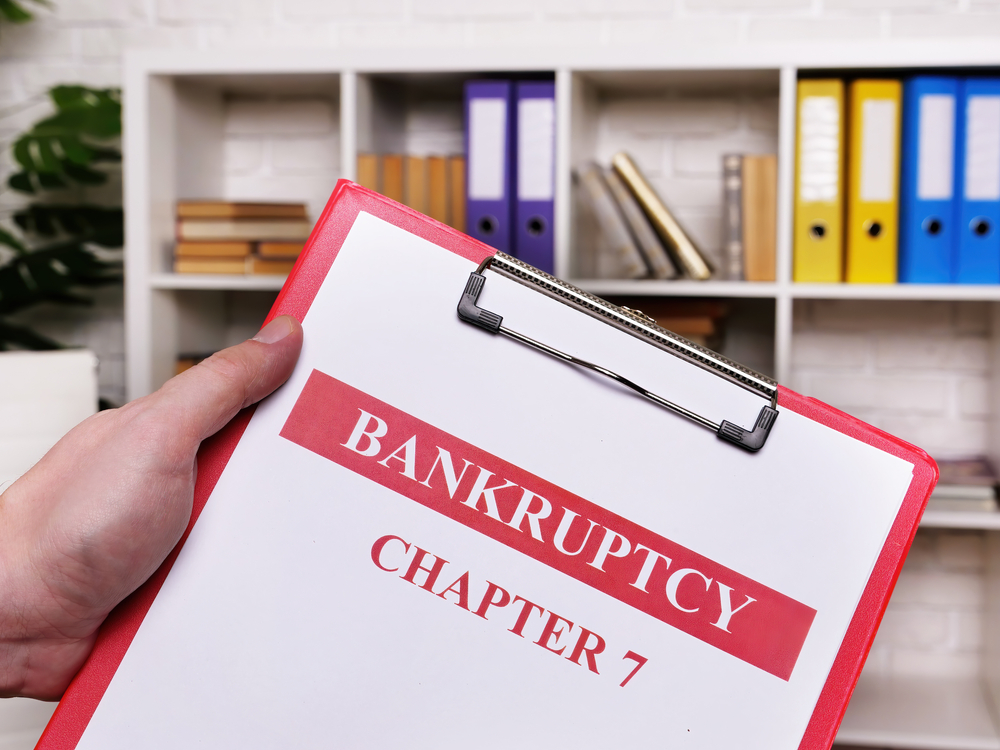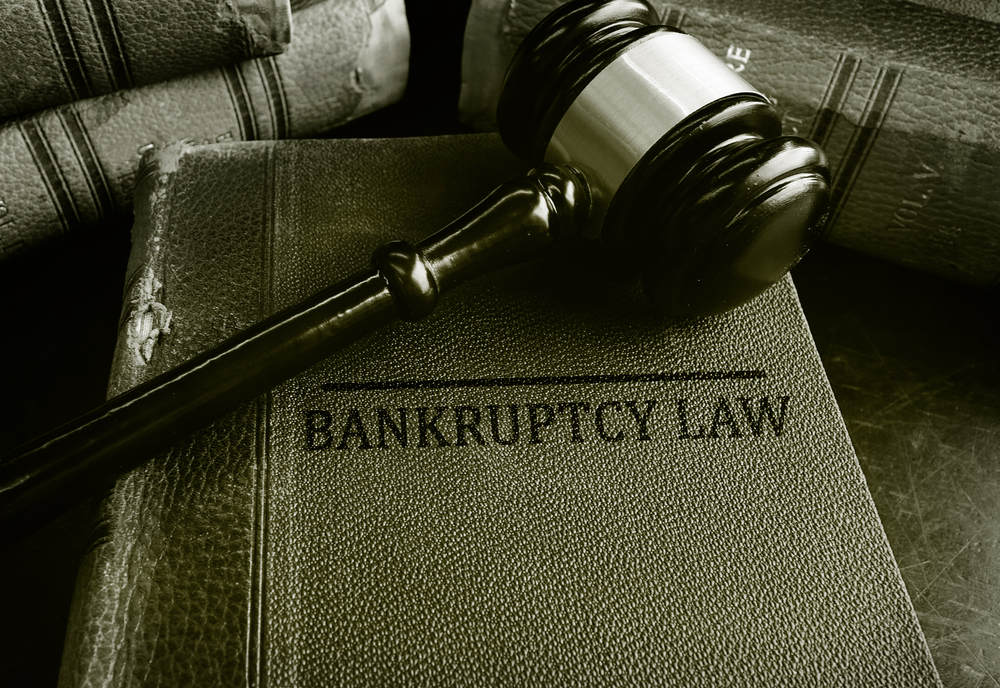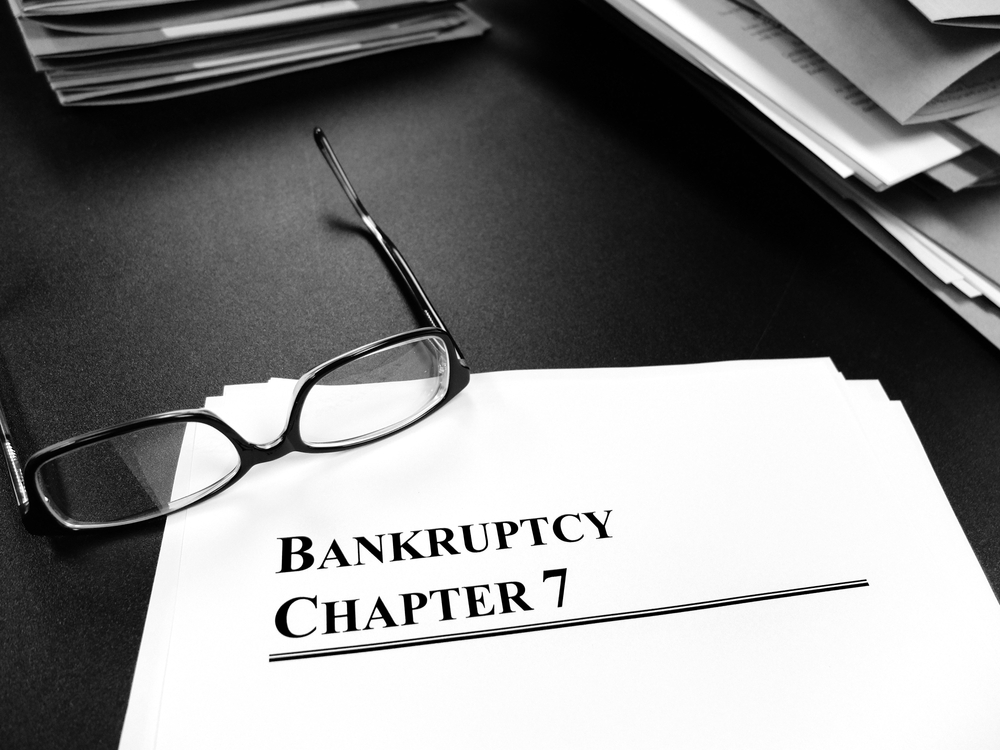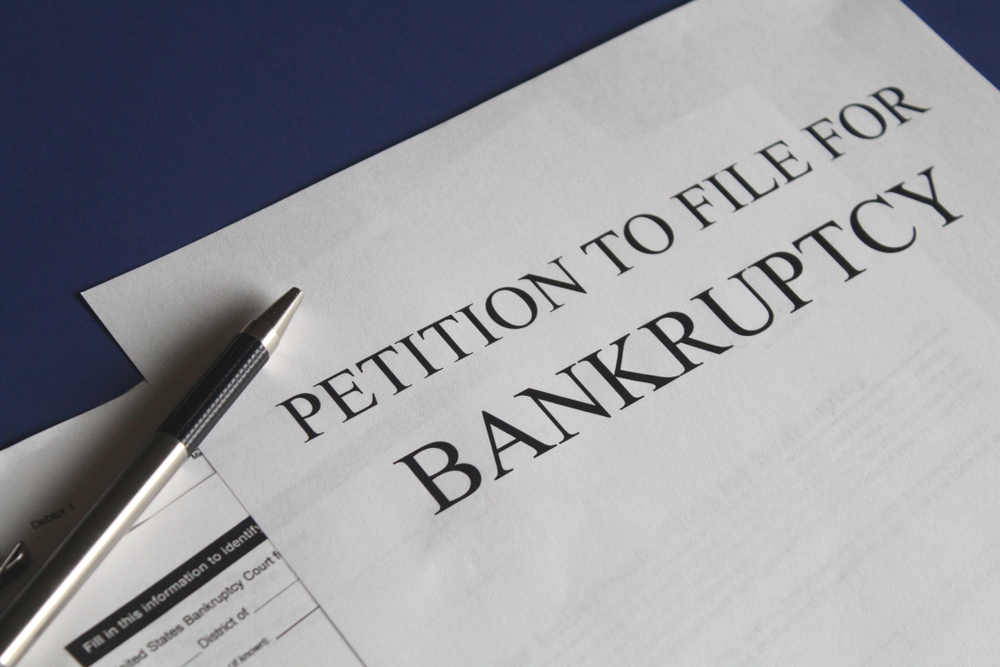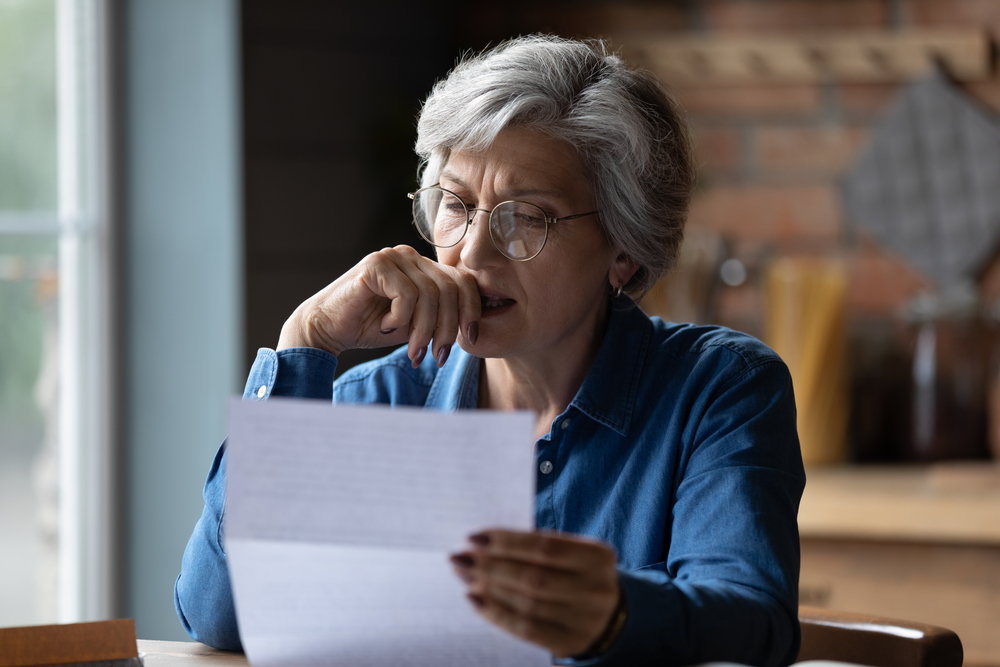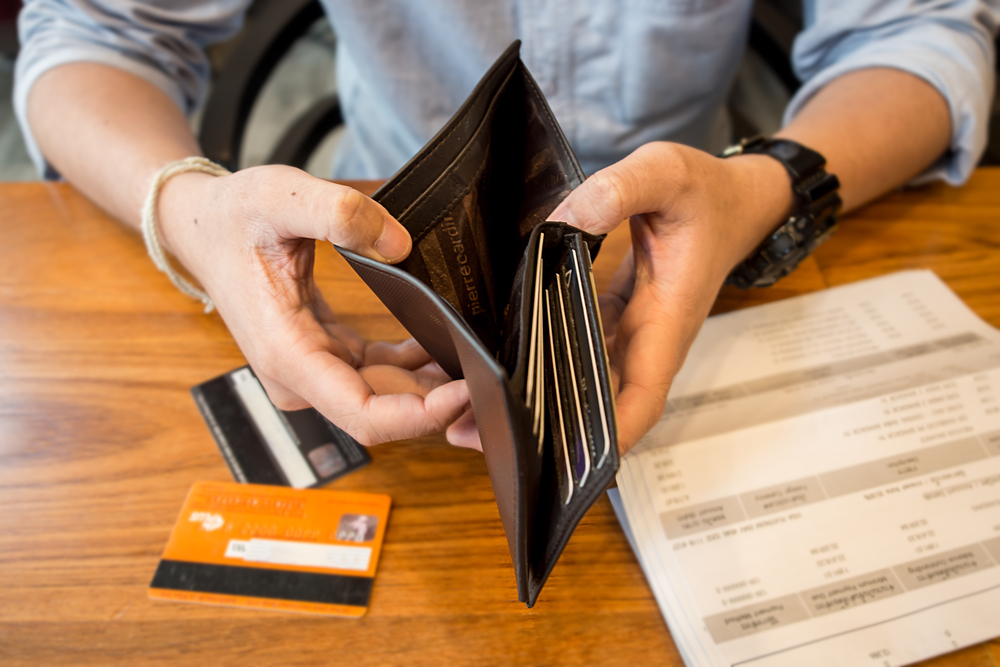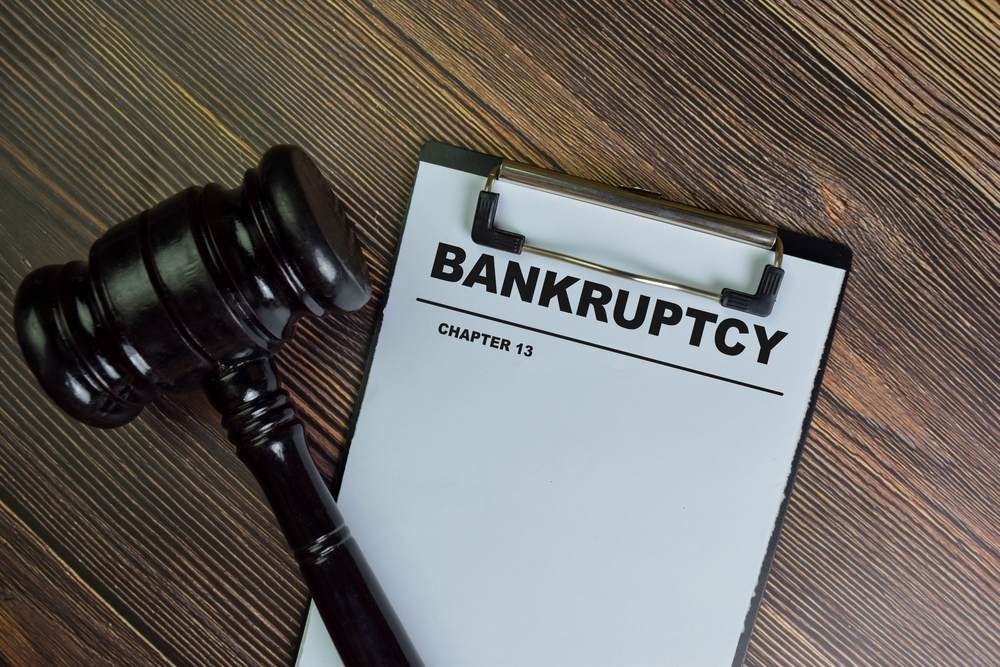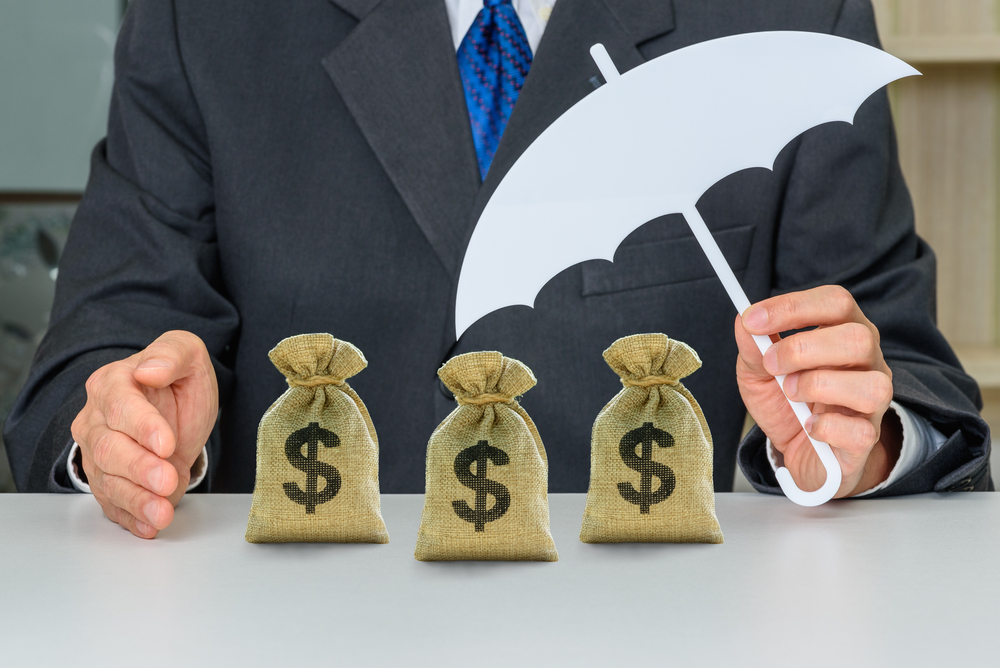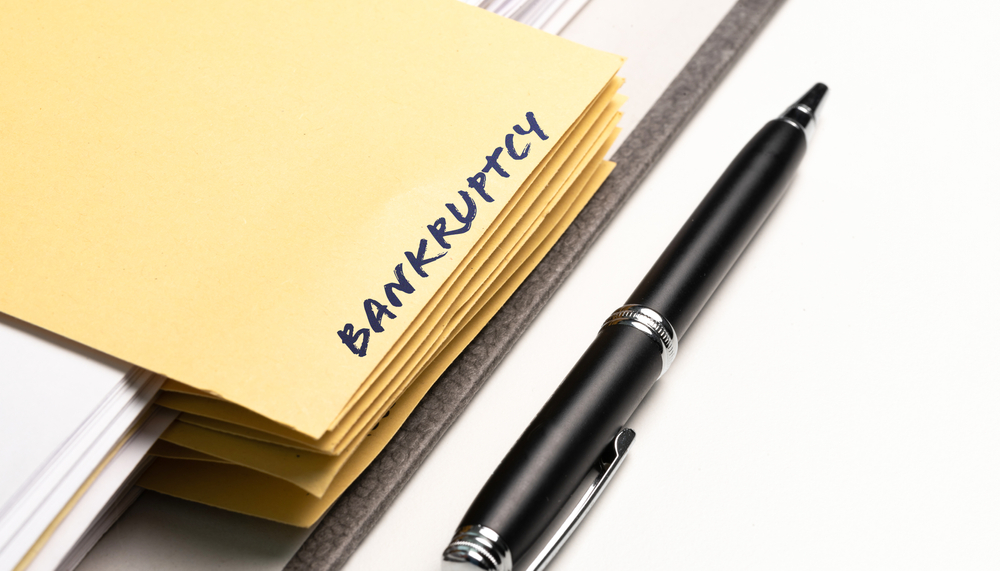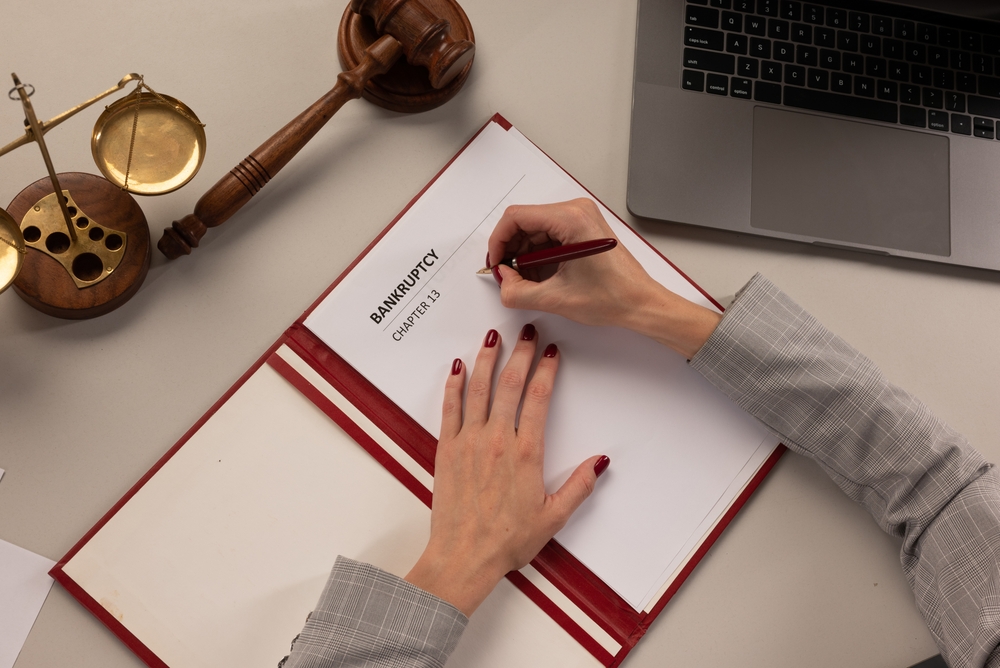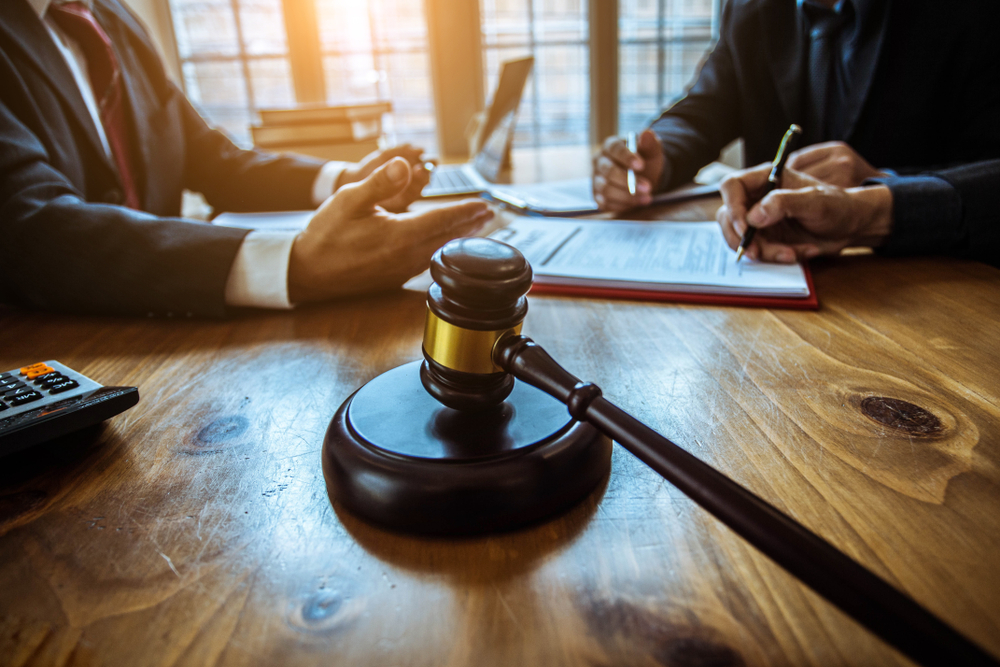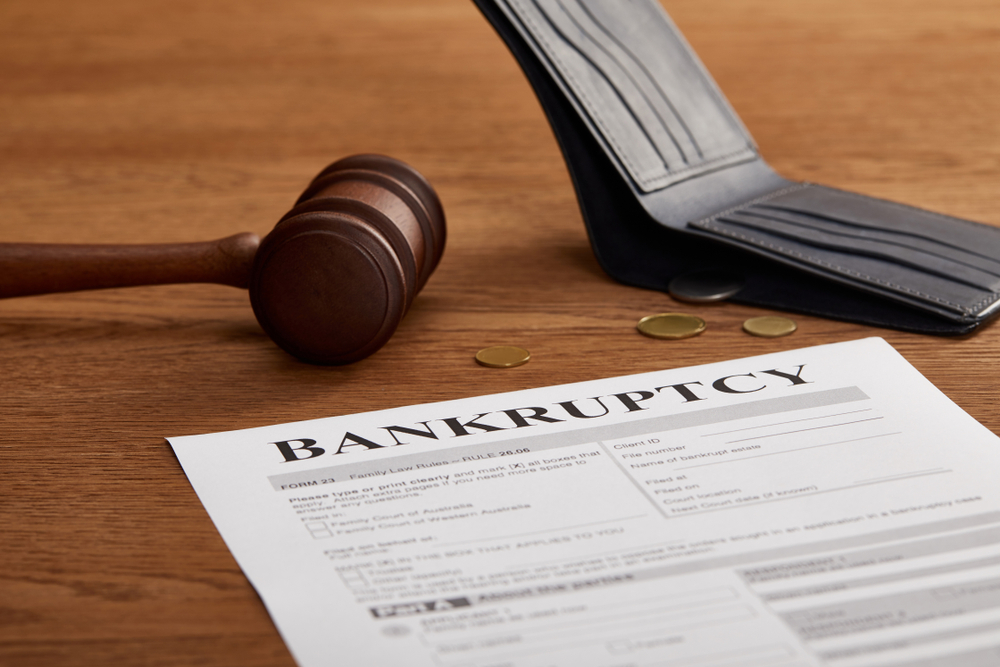It is the age-old question isn’t it? What effect does filing Chapter 7 Bankruptcy have on my credit? It’s not what you think and here is why. Suppose you say to me, I have 50k in credit card debt and I have fallen behind on my payments. The credit card companies have not sued me yet but I am in default on all my payments and I am starting to hear from collection agencies. We all know collection agencies are the last stop before you get sued and your wages garnished and accounts levied by creditors.

